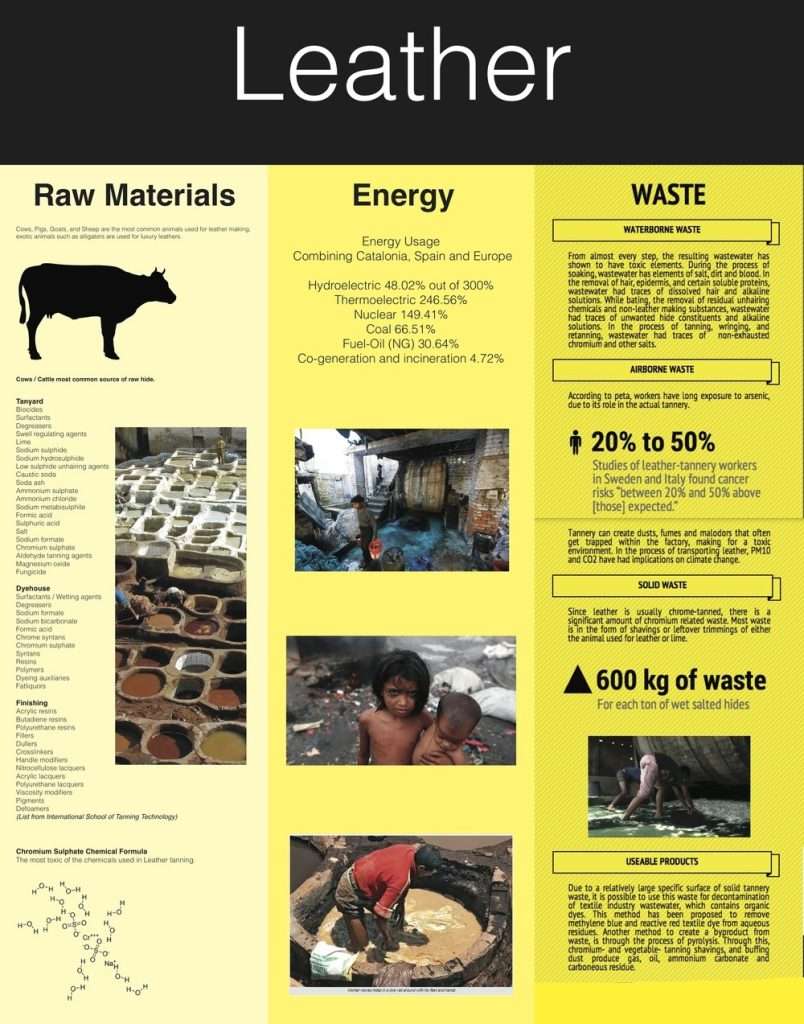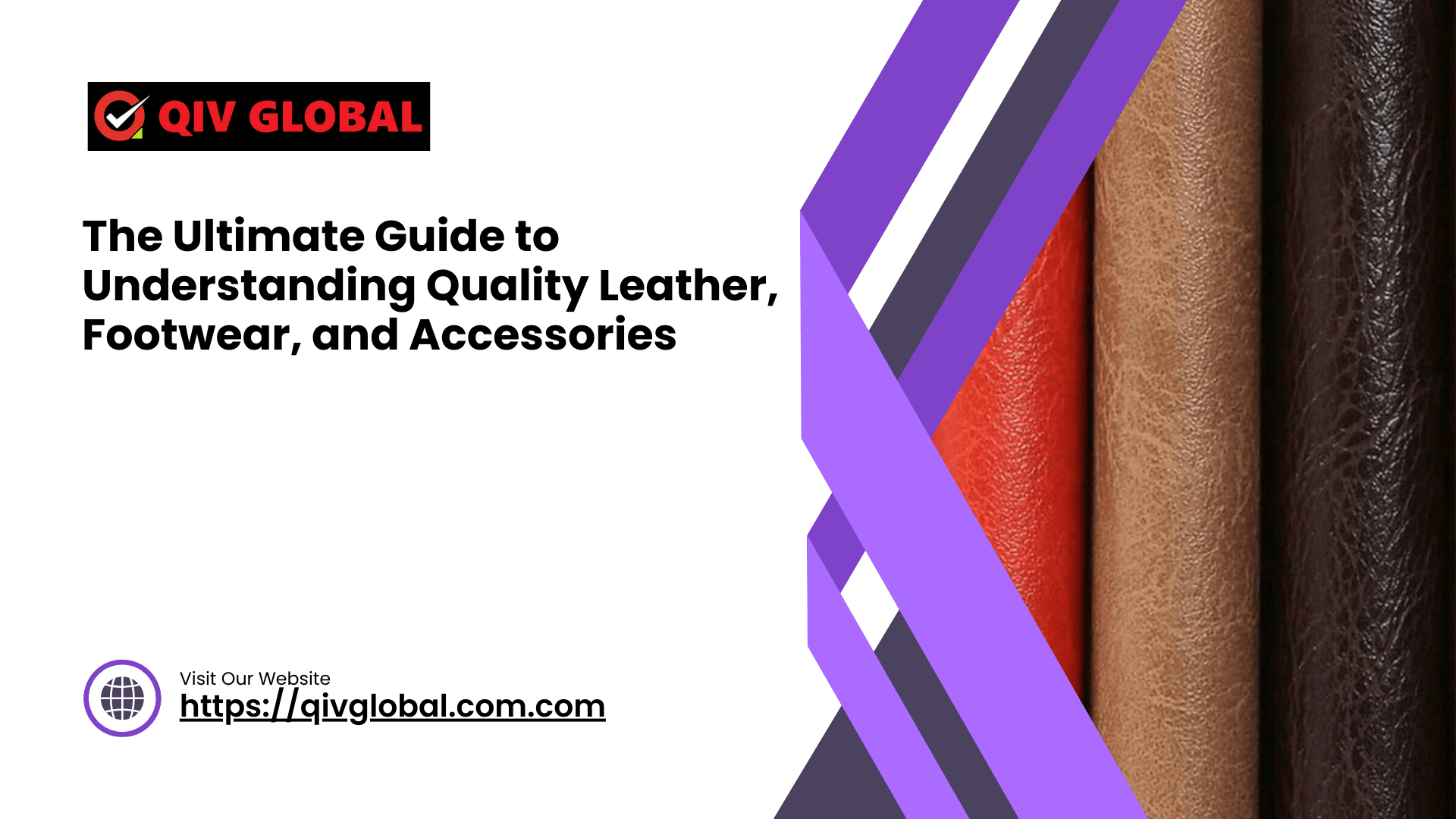Introduction to Leather
Understanding the different types and factors that influence quality is essential in making informed choices when it comes to leather. Let’s dive into the world of leather, exploring everything from types of leather to evaluating quality footwear and high-quality accessories.
Types of Leather
- Full-Gain Leather: Known for its durability and natural beauty, full-grain leather is the top-quality type that retains the original markings on the hide.
- Top-Grain Leather: Slightly processed to remove imperfections, top-grain leather maintains durability while offering a more uniform look.
- Genuine Leather: The term “genuine leather” can be misleading, as it refers to the third-quality tier, which is still genuine leather but lacks the quality of full-grain or top-grain.
Factors Influencing Leather Quality
Various factors, including the source of leather and the tanning process used influence leather quality.
Source of Leather
- Animal Breed: The breed of animal from which the leather is sourced can impact its quality and characteristics.
- Tanning Process: Different tanning methods, such as vegetable tanning or chrome tanning, affect the texture and durability of the leather.
- Leather Finish: The finish applied to leather can enhance its appearance and protect against wear and tear.

Leather Grading
- Aniline Leather: Known for its natural look and feel, it is the highest quality grade with minimal processing.
- Semi-Aniline Leather: A step below aniline leather, semi-aniline leather undergoes some treatment to improve durability while maintaining a natural look.
- Corrected-Grain Leather: This type of leather is sanded and coated to remove imperfections, resulting in a more uniform appearance.
Evaluating Quality Footwear
Understanding the construction of leather footwear and its components is critical to identifying high-quality products.
Leather Footwear Construction
- Goodyear Welt: This is a popular construction method that provides durability and allows for resoling, extending the lifespan of the footwear.
- Blake Stitch: Known for its sleek appearance, Blake stitch construction offers flexibility and comfort.
- Cement Construction: A cost-effective method of footwear construction, cement construction is durable but less repairable.
Footwear Components
- Insoles: Quality insoles provide support and cushioning for the feet, enhancing comfort.
- Outsoles: The outsoles of footwear should be made of durable materials to withstand wear and tear.
- Lining Materials: High-quality lining materials improve the overall comfort and durability of the footwear.
High-Quality Accessories
In addition to footwear, quality leather accessories play a significant role in elevating your style and functionality.
Leather Accessories
- Wallets: From traditional bifolds to sleek cardholders, leather wallets are timeless accessories that combine style with functionality.
- Belts: A staple in every wardrobe, a quality leather belt can complete any outfit while providing functionality.
- Bags: Leather bags come in various styles, from messenger bags to backpacks, offering style and practicality.
Metal Hardware
- Buckles: The hardware on leather accessories, such as belt buckles, should be durable and complement the overall design.
- Zippers: Quality zippers ensure smooth functionality and longevity of leather bags and accessories.
- Snaps: Snaps on leather accessories should be secure and easy to use for convenience.
Care and Maintenance Tips
Proper care and maintenance are essential to prolong the life of your leather products.
Leather Care Dos and Don’ts
- Cleaning Leather: Use a damp cloth to gently remove dirt and avoid harsh chemicals that can damage the leather.
- Conditioning Leather: Regularly apply a leather conditioner to keep the leather moisturized and prevent drying and cracking.
- Storing Leather: Store leather products in a cool, dry place away from direct sunlight to prevent fading and damage.
Footwear and Accessories Care
- Shoe Maintenance: Regularly clean and condition leather footwear and use shoe trees to maintain shape.
- Bag Storage: Store leather bags in dust bags and stuff them with tissue paper to retain their shape when not in use.
- Belt Care: Avoid overexposure to sunlight and moisture, and periodically condition leather belts to maintain quality.
Summary and FAQs
Recap of Leather Quality Factors
- Importance of Leather Source: The source of leather impacts its quality and characteristics, so choose carefully.
- Understanding Leather Grading: Different grades of leather offer varying levels of quality and durability.
Frequently Asked Questions
- How do you identify genuine leather? Look for natural markings and imperfections, as genuine leather will have these unique characteristics.
- What is the best way to clean leather accessories? Use a mild soap and water solution to gently clean leather accessories, then condition them to maintain quality.
By understanding the intricacies of quality leather, footwear, and accessories, you can make informed decisions when selecting products that suit your style and lifestyle. Remember to care for your leather items appropriately to ensure longevity and timeless appeal.


